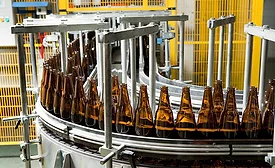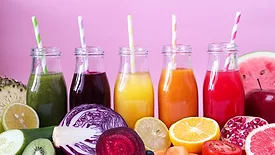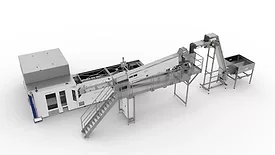Articles by Jessica Jacobsen
Ingredient Communications finds 83% of respondents want AI use declared on label when used
Read More
The Best Beverage Packages of 2024
Sustainability, pop culture partnerships motivate this year’s top selections
December 6, 2024
All Day’s new brand strategy, packaging help consumers ‘Have it All’
Trinity Brand Group helps craft beer brand evolve design
December 3, 2024
Beverage Beat
Consumers seek indulgence, food as medicine
Mintel’s 2025 Global Food & Drink Trends highlight contrast in consumer need states
November 25, 2024
Food grade lubricants protect products, deliver on sustainability
Synthetic, bio-based solutions both in demand for beverage manufacturing
November 19, 2024
Blending functionality with color concepts in beverages
Color choice vital in conveying functional attributes
November 11, 2024
2024 Wholesaler of the Year: Silver Eagle Distributors Houston
Community engagement, diverse portfolio keep beer distributor at forefront of market
November 7, 2024
California law prompts increased interest in natural colors
Innovations in natural color support beverage-makers’ color concept needs
October 29, 2024
Plastic bottle manufacturers help beverage operations tackle sustainability goals
Changeover efficacy vital to accommodate new products, packaging
October 24, 2024
Affordability helps mass merchandisers resonate with shoppers
Price, partnerships draw consumers to mass market retailers
October 21, 2024
Elevate your expertise in the beverage marketplace with unparalleled insights and connections.
Join thousands of beverage professionals today. Shouldn’t you know what they know?
JOIN NOW!Copyright ©2025. All Rights Reserved BNP Media.
Design, CMS, Hosting & Web Development :: ePublishing










